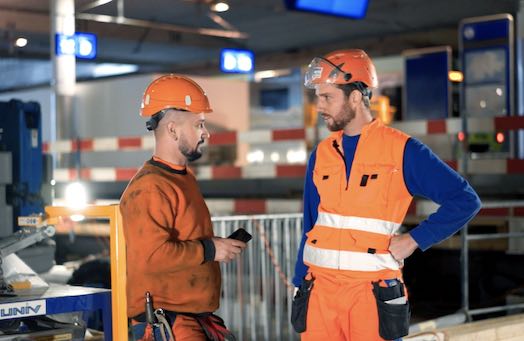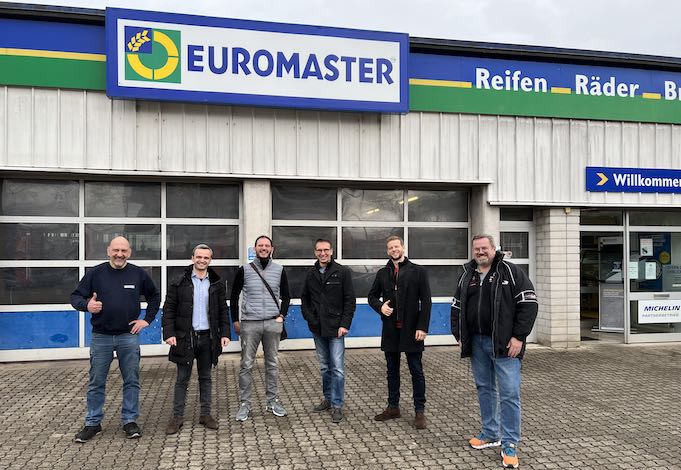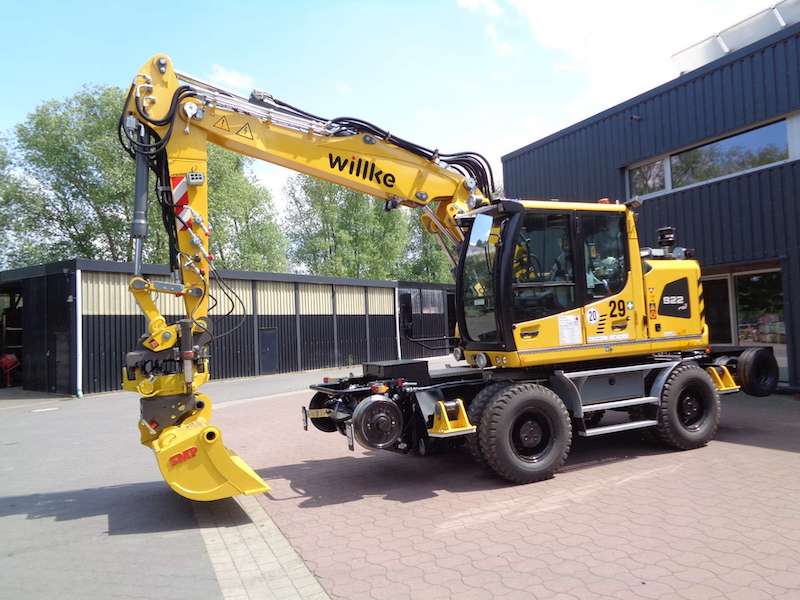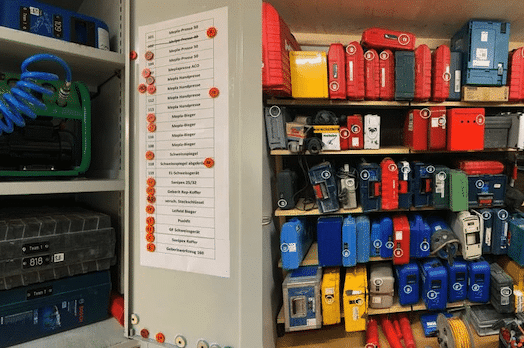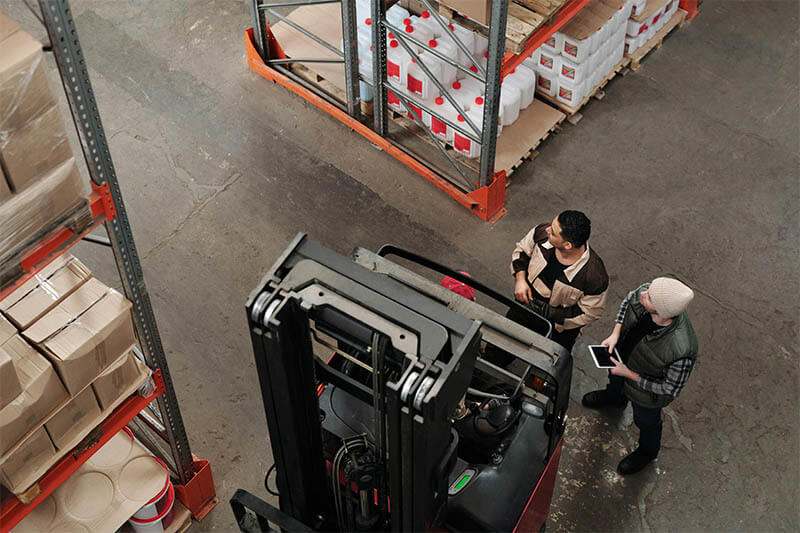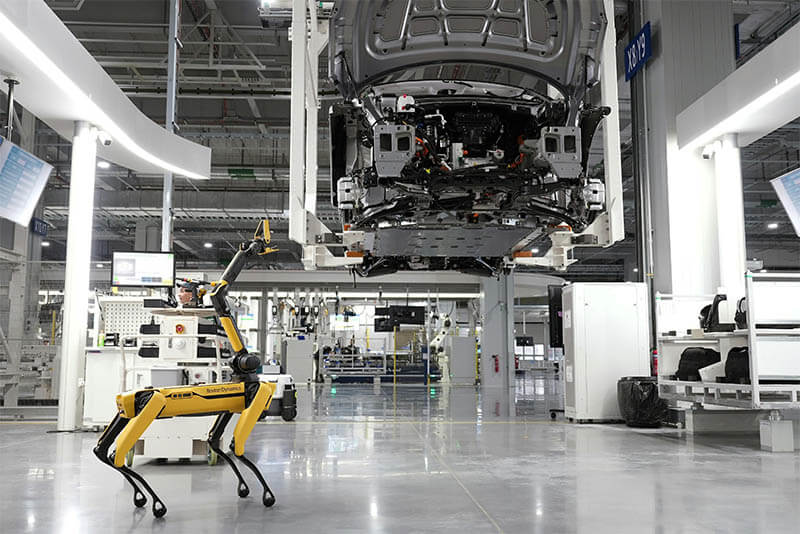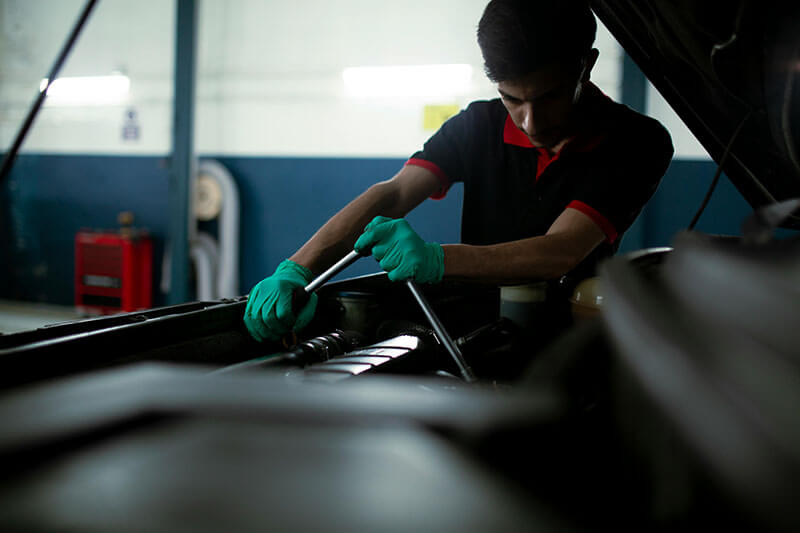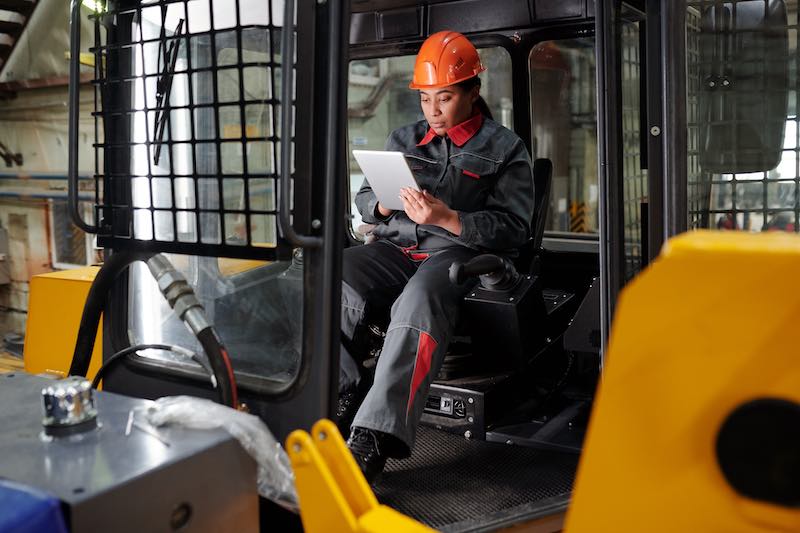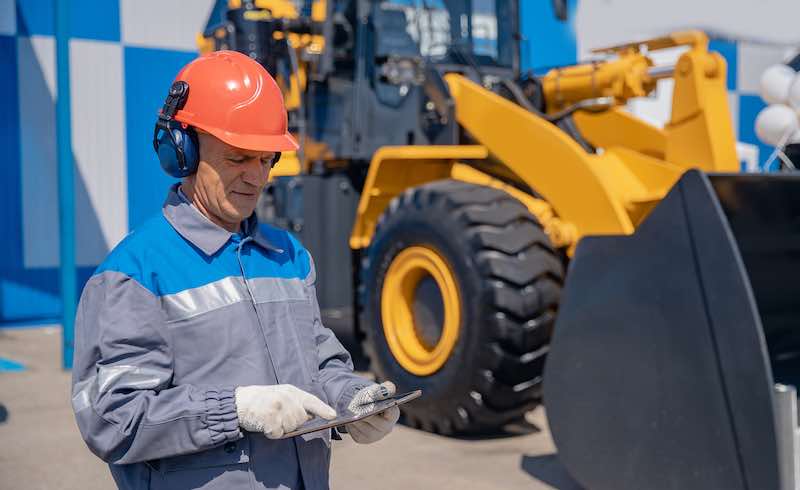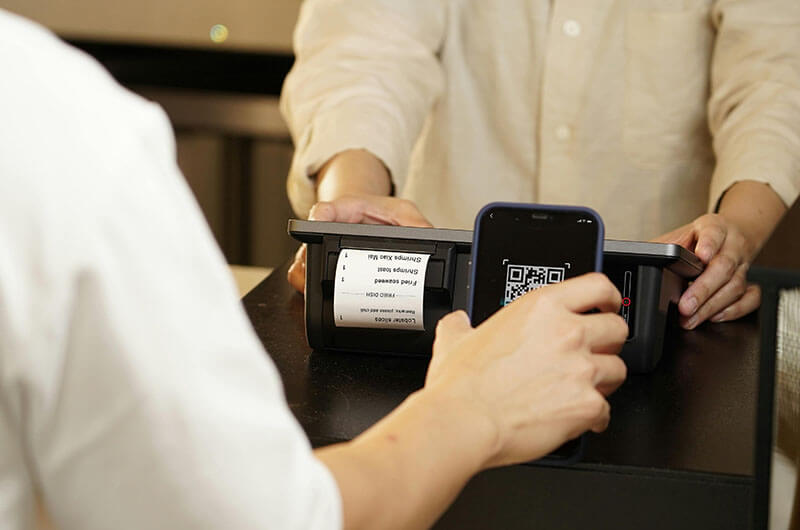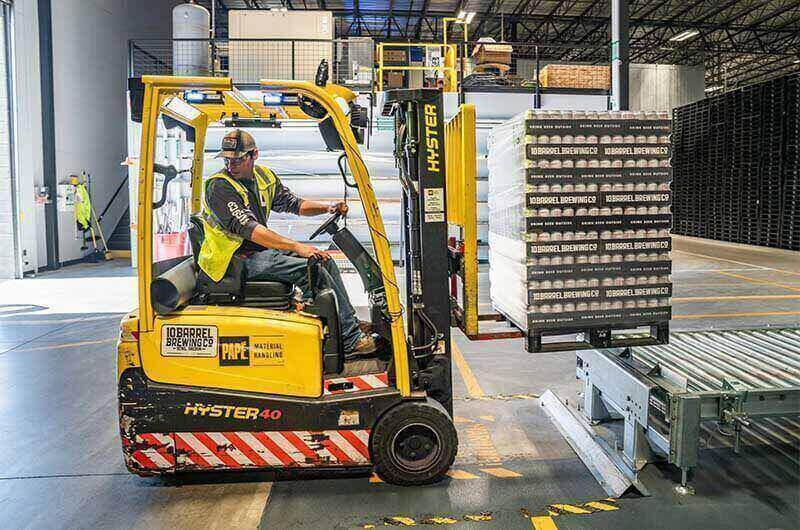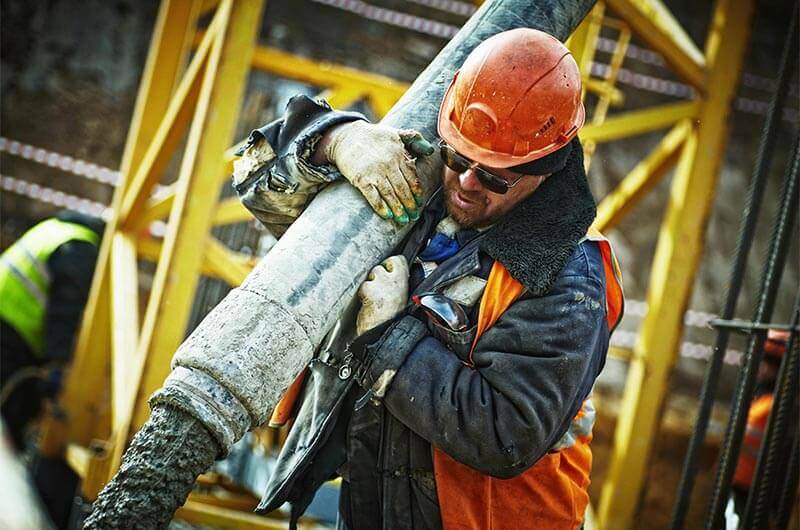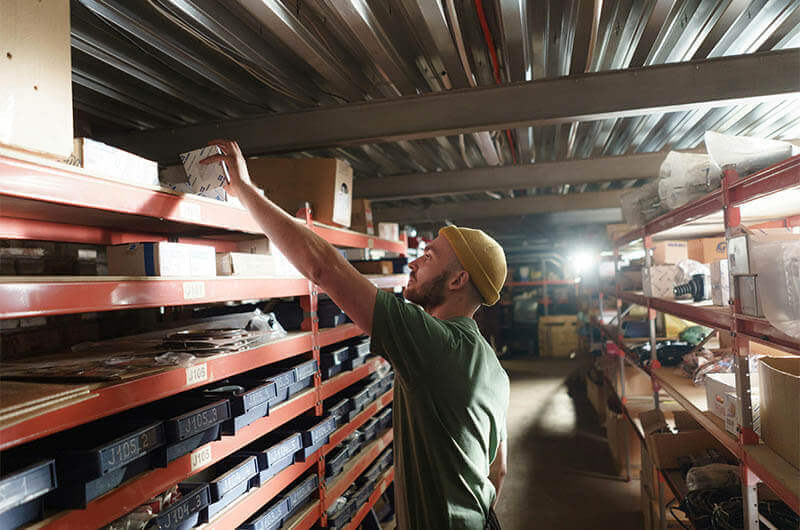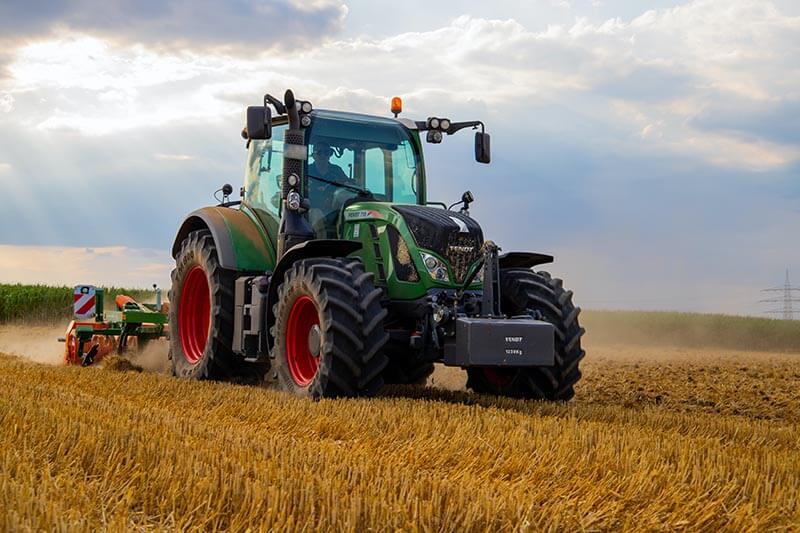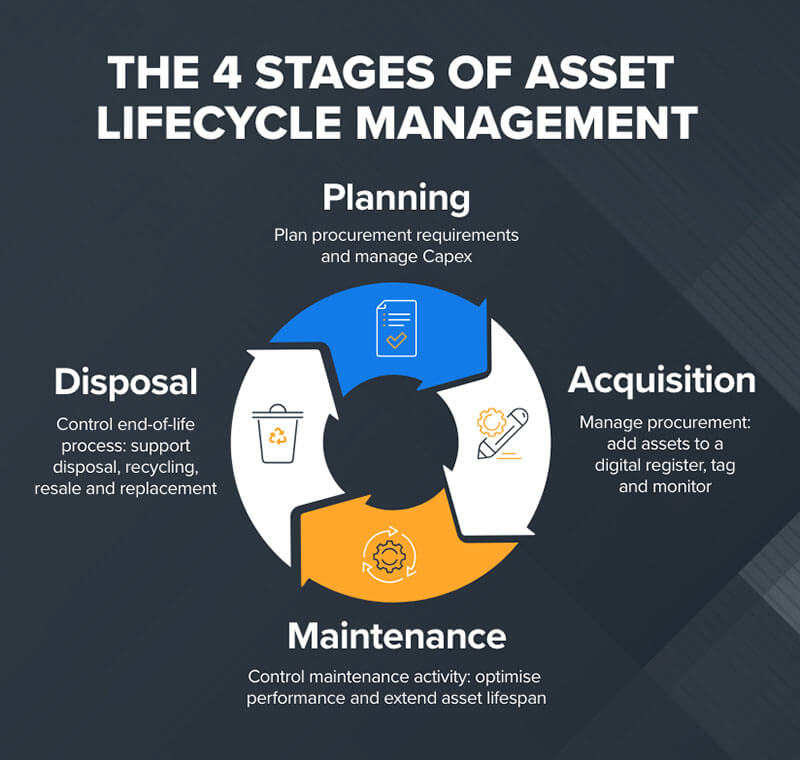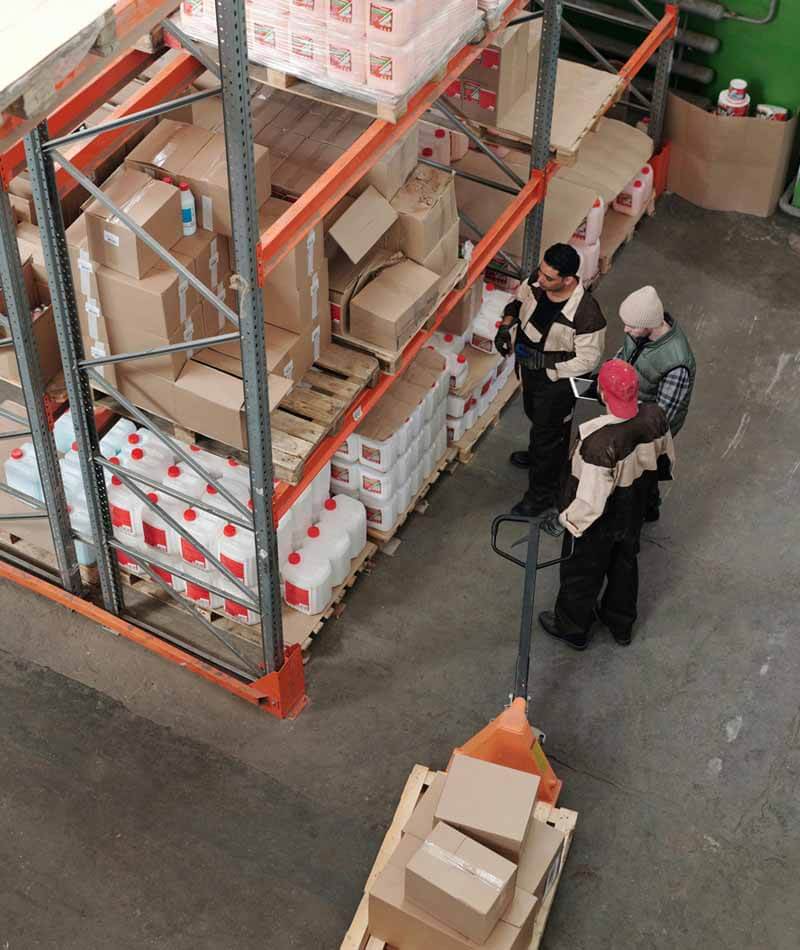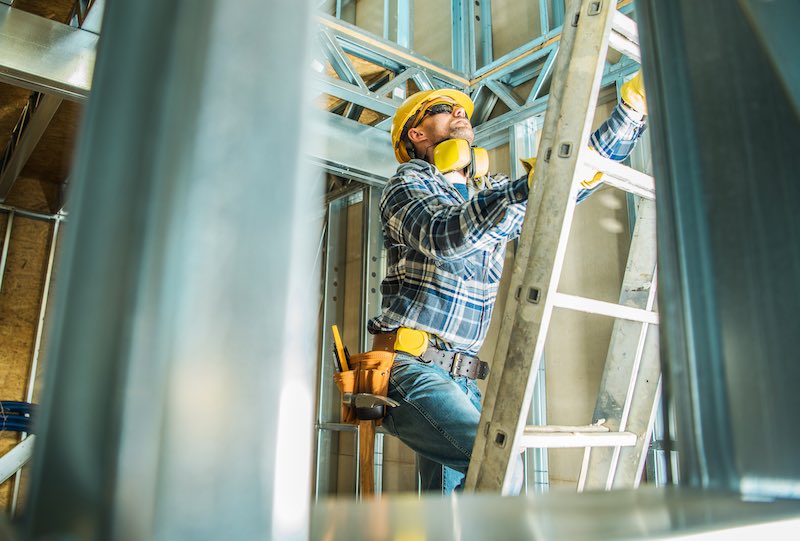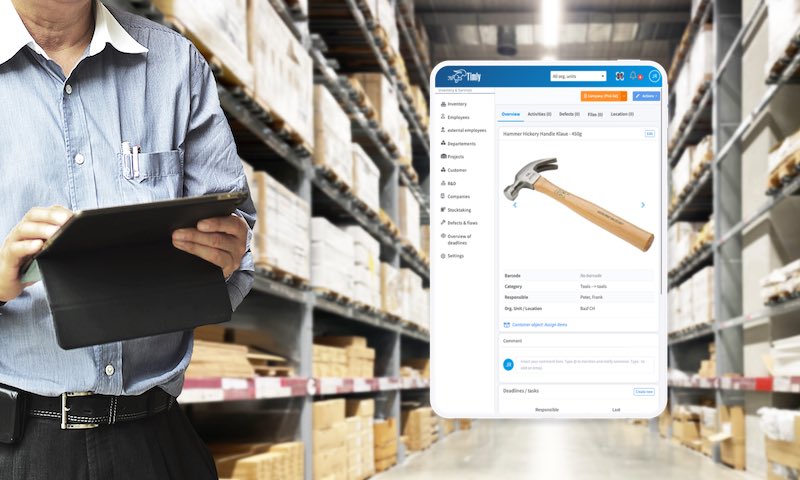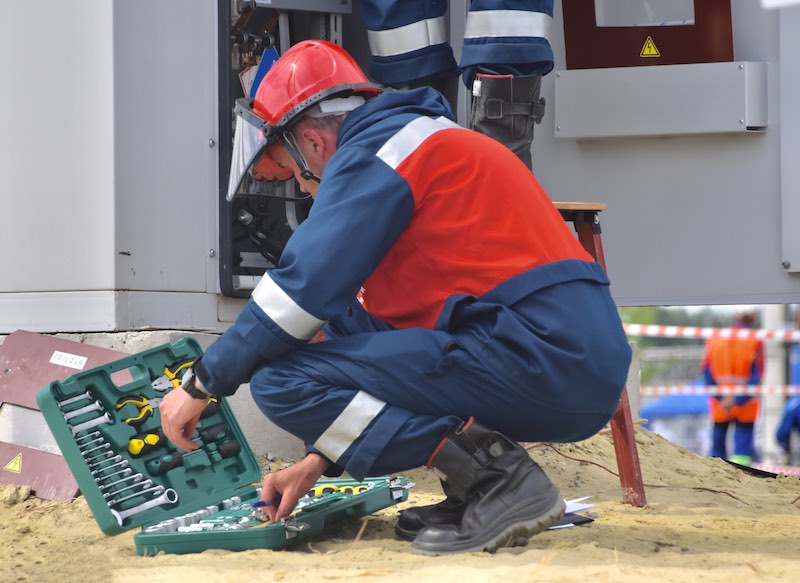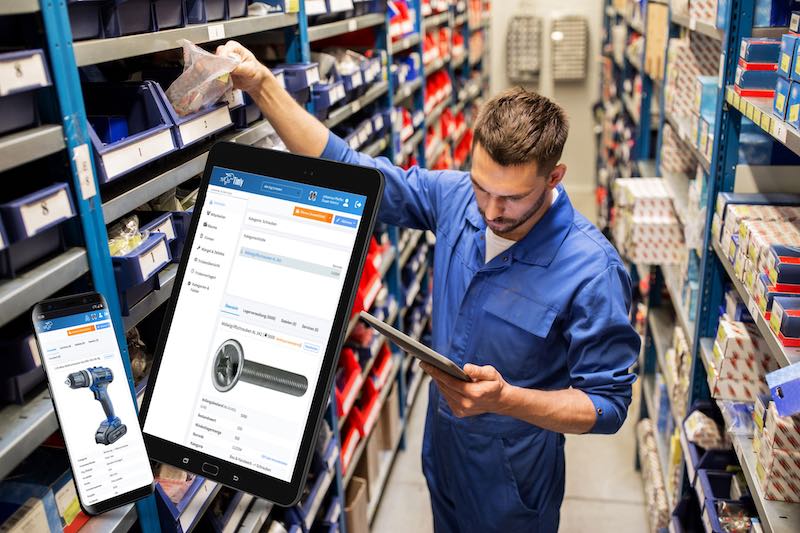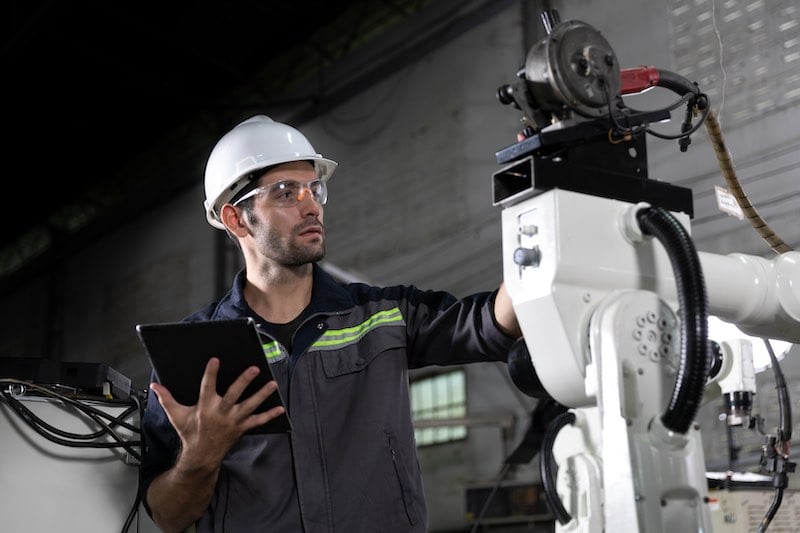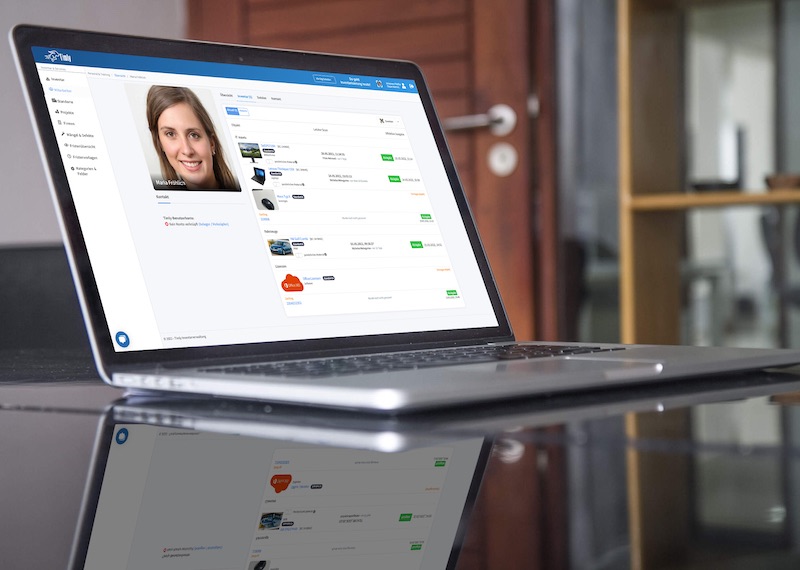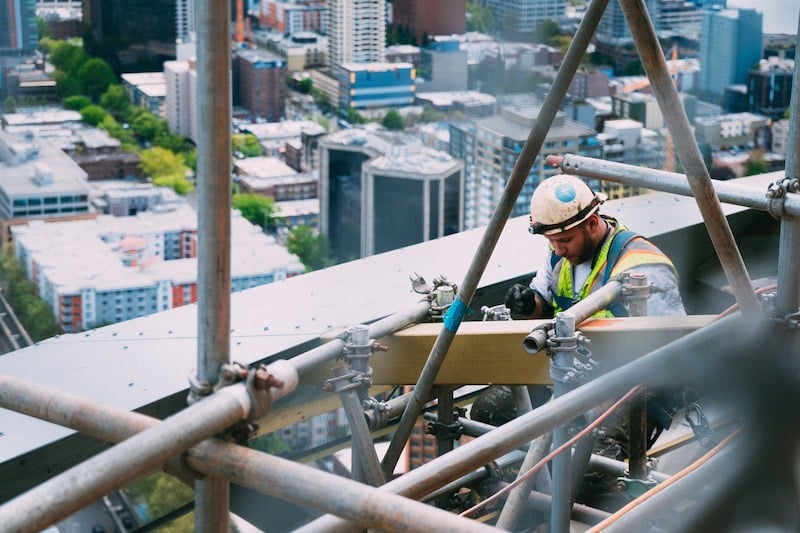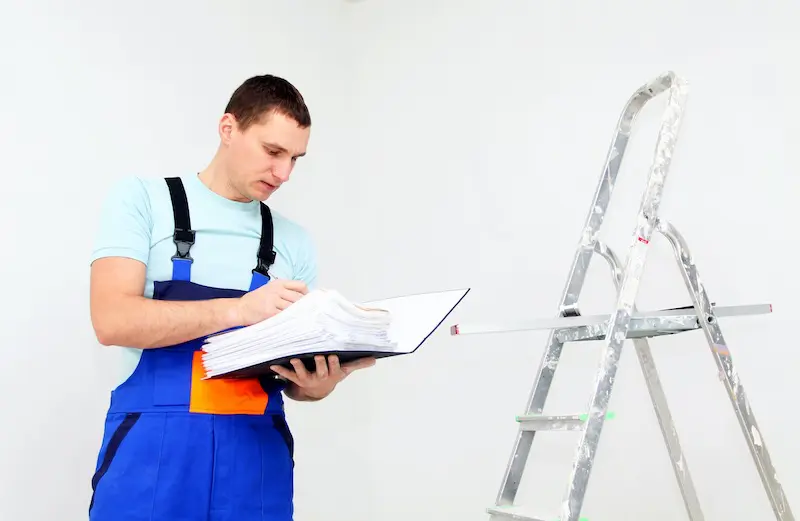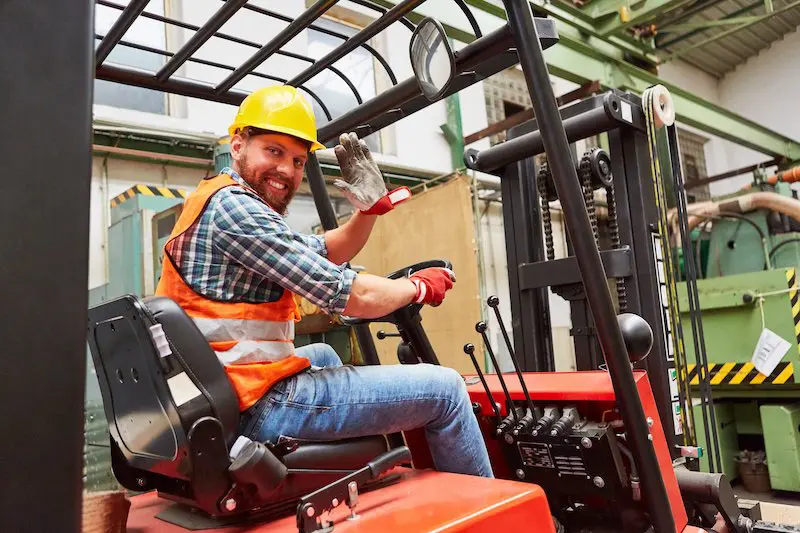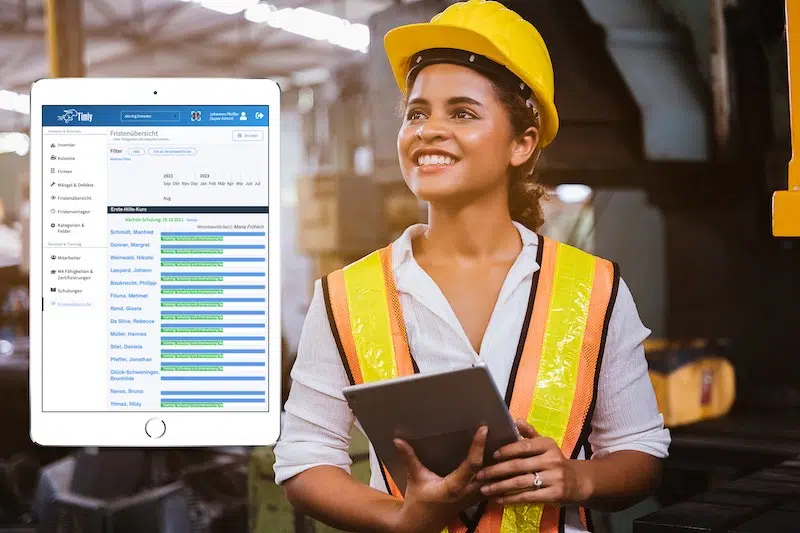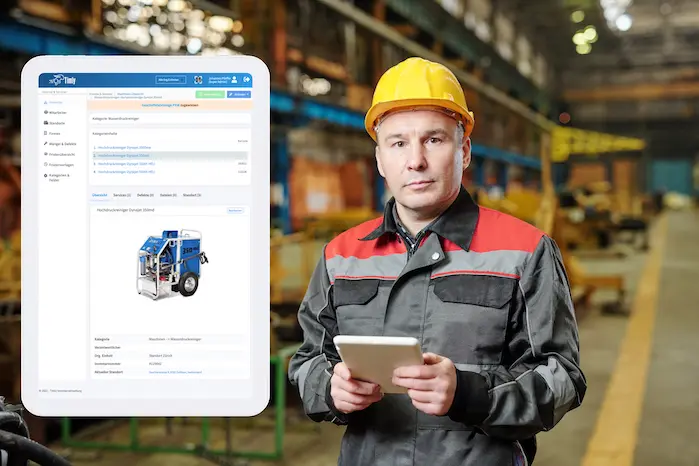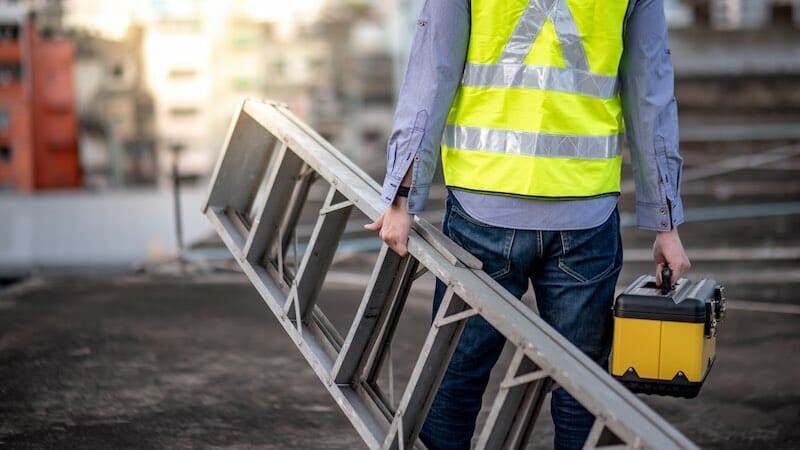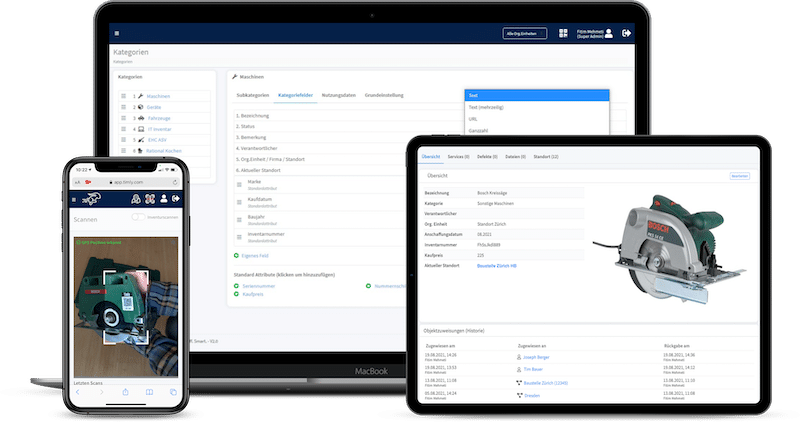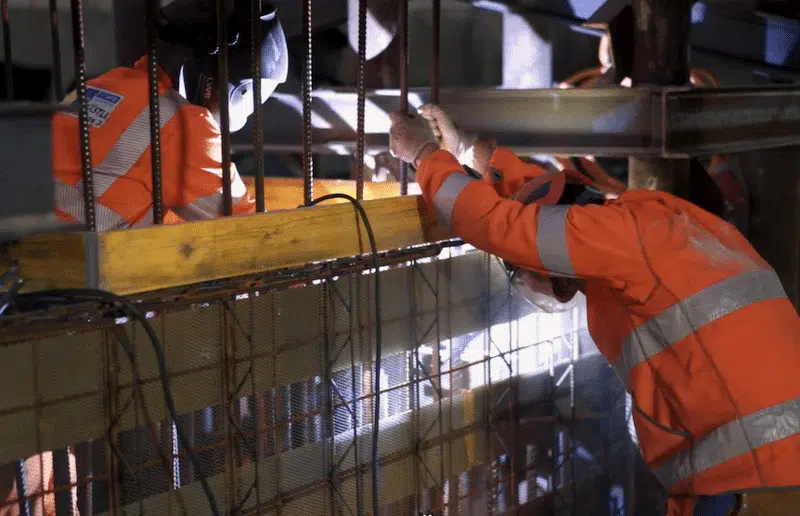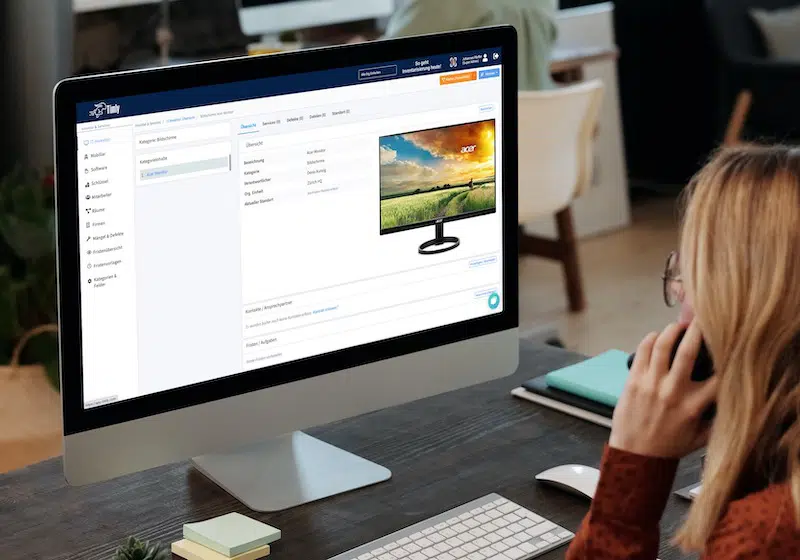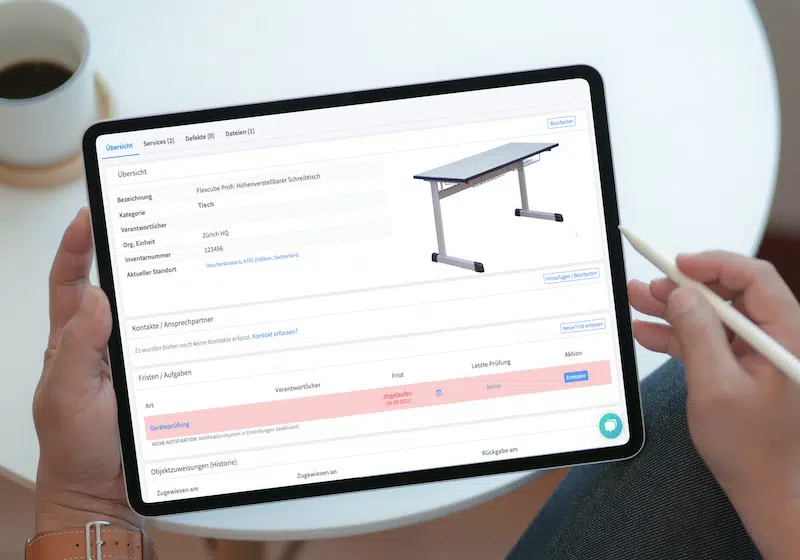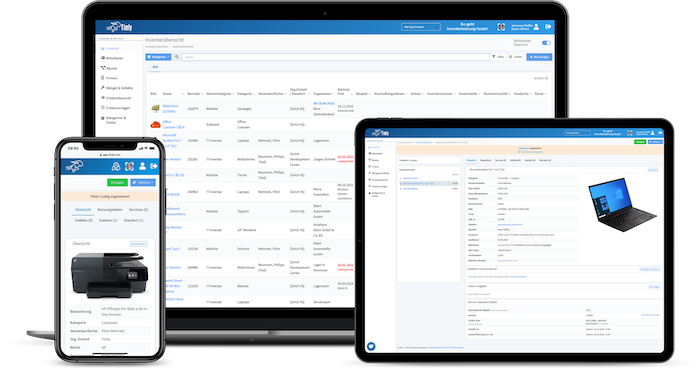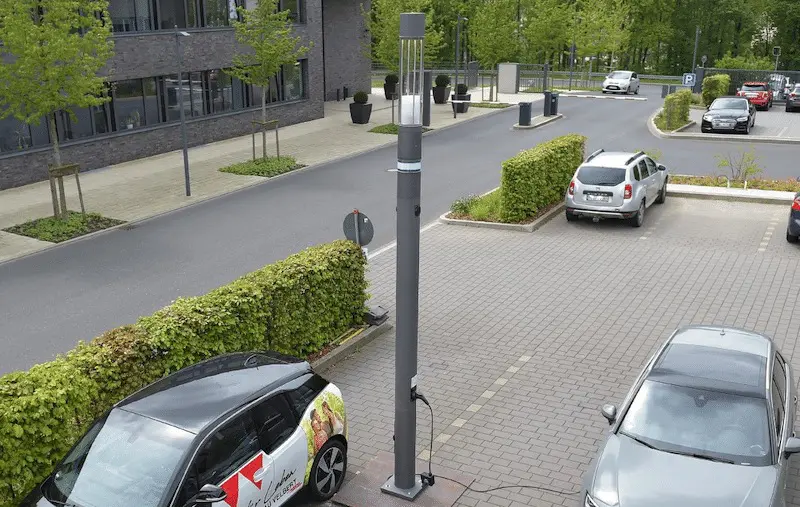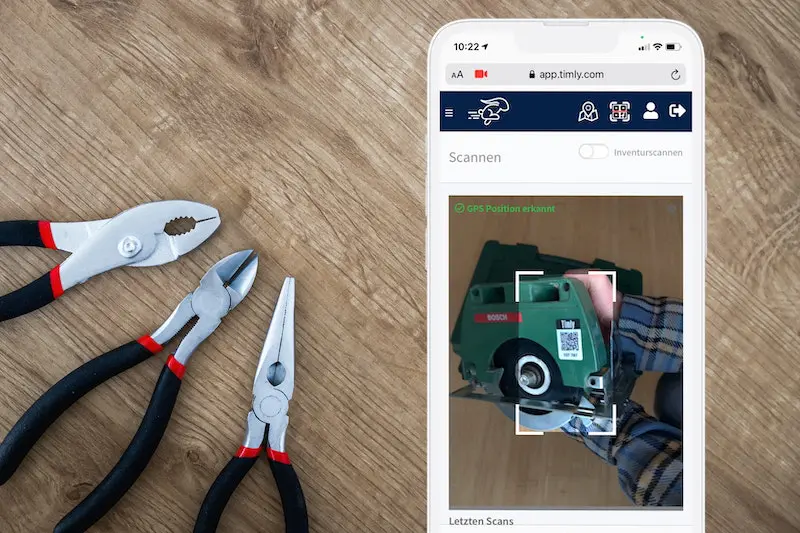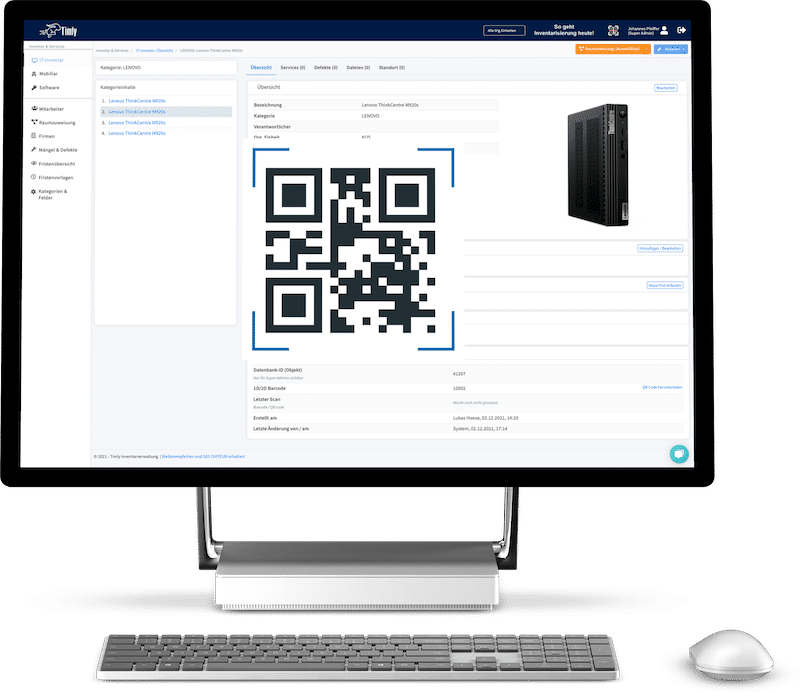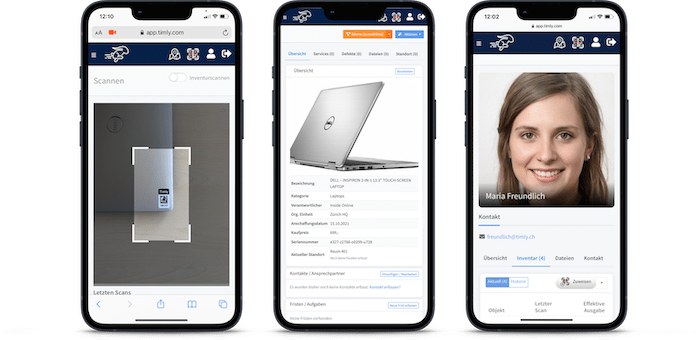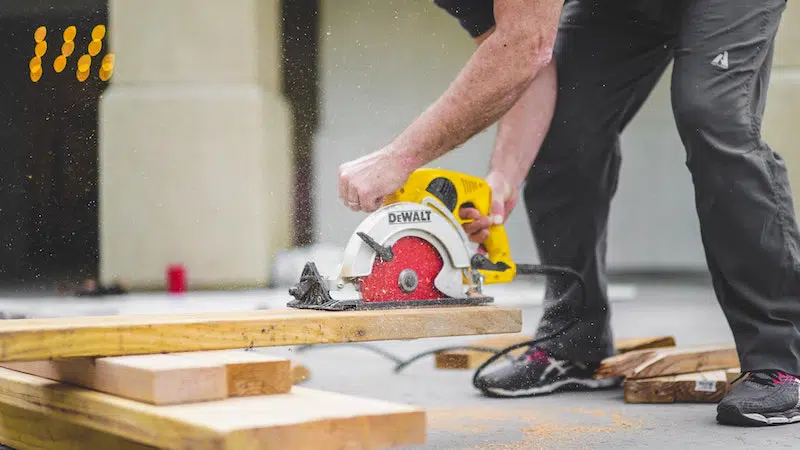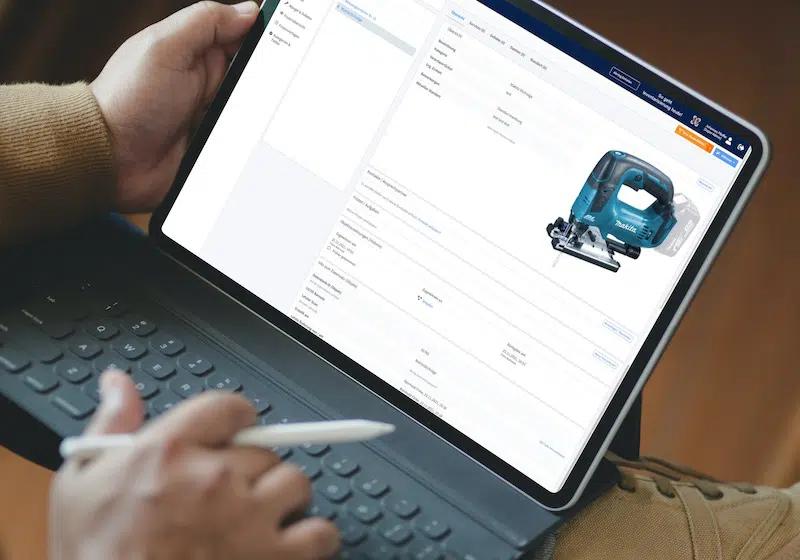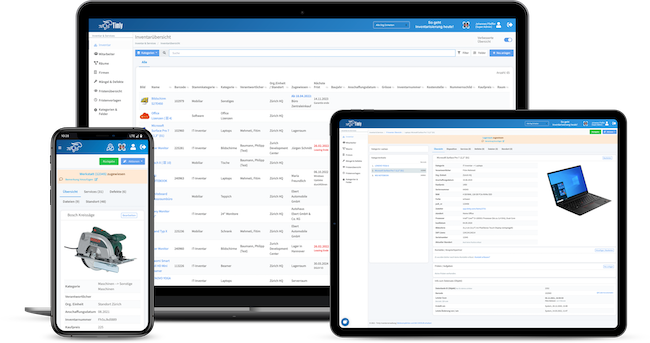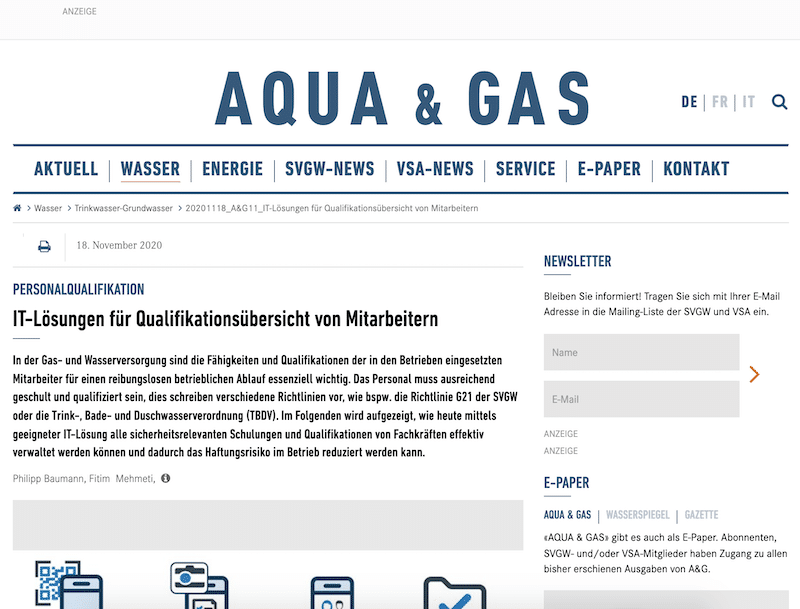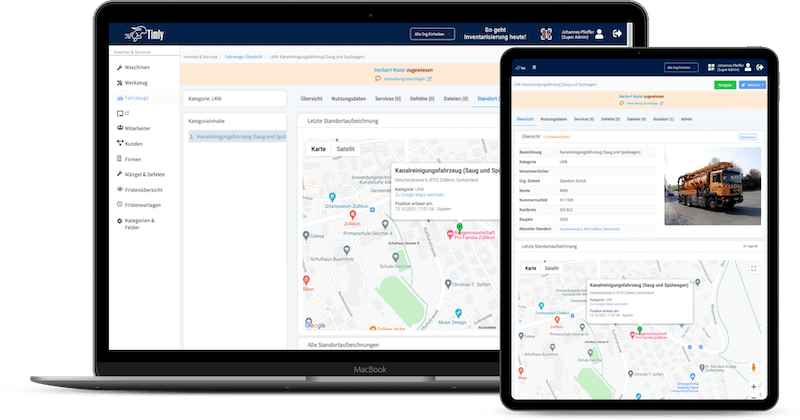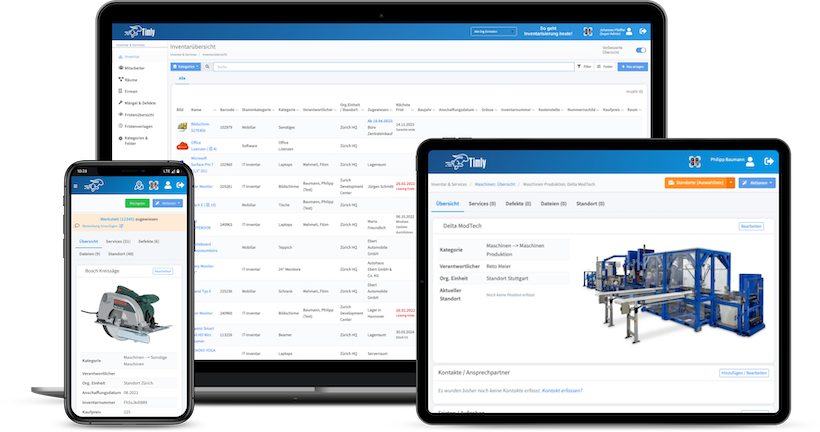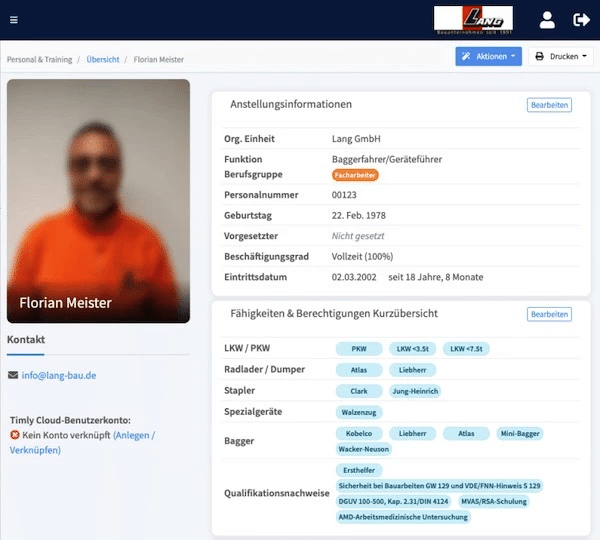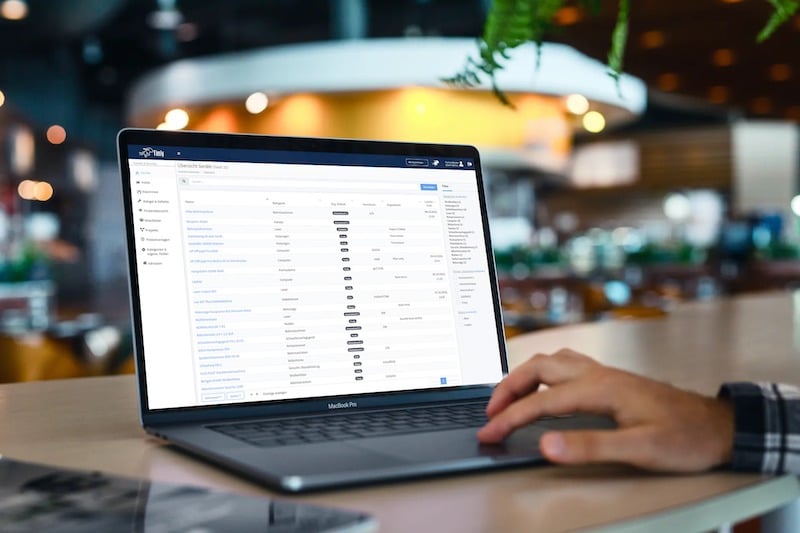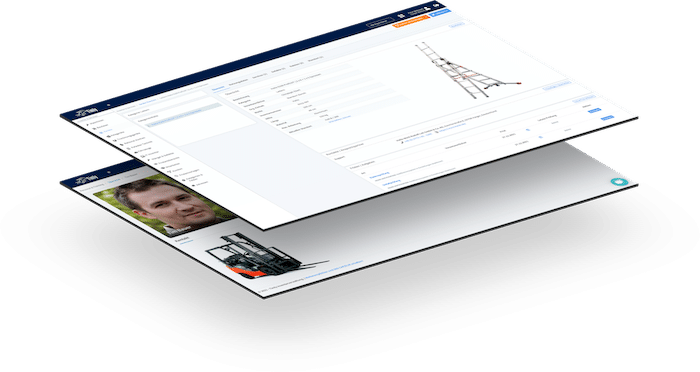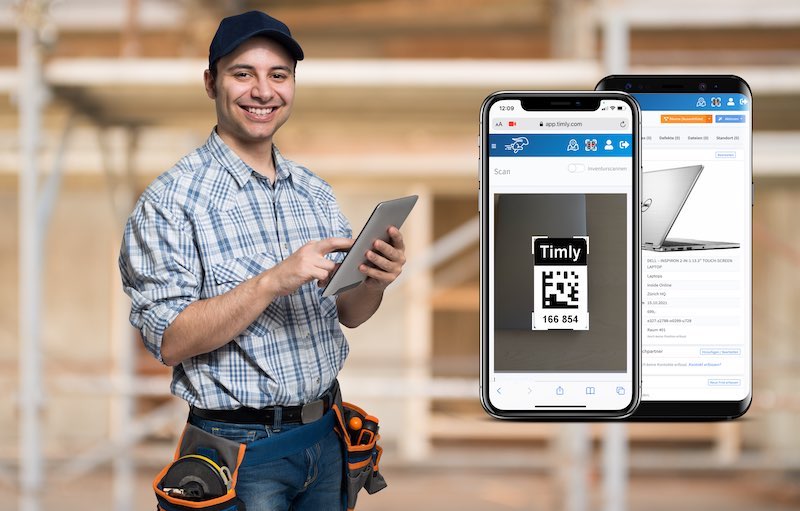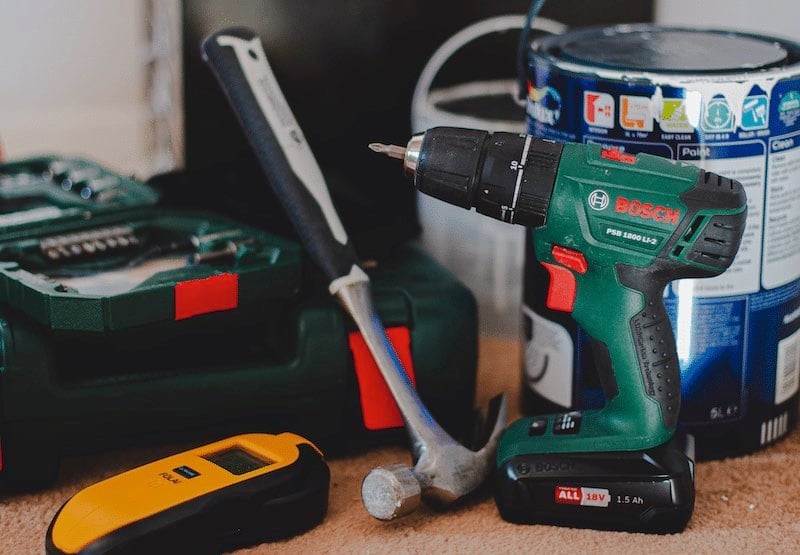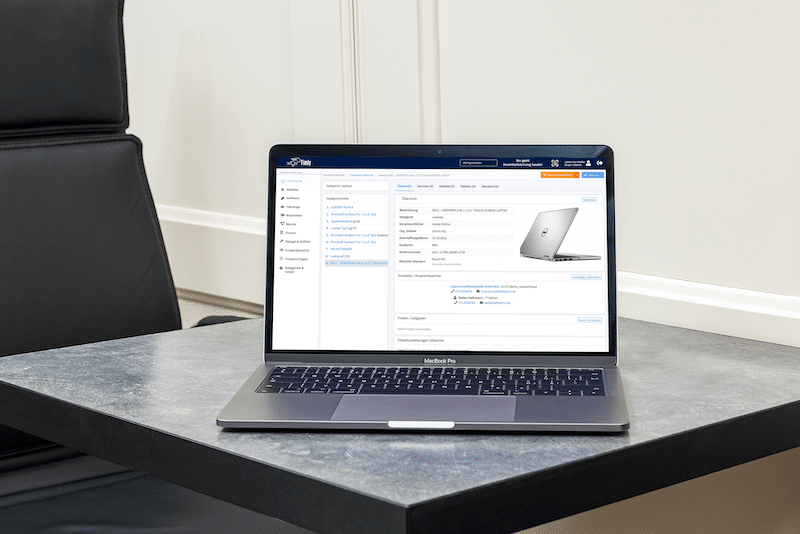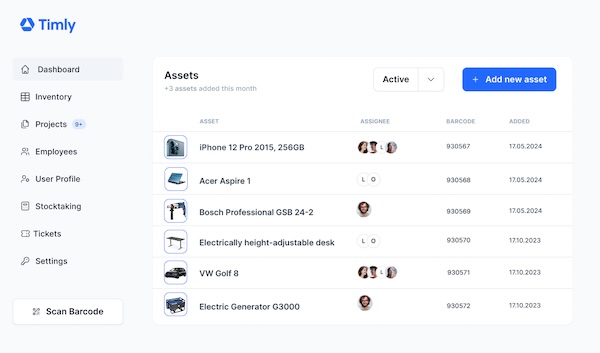
- Detailed Regulations: The Work at Height Regulations 2005 set clear rules for using and inspecting ladders to minimise risks when working at height. These are in place to prevent accidents and ensure workplace safety.
- Competent Inspectors: Inspections must be carried out by someone deemed “competent”—a person with the right training, knowledge, and experience to identify potential issues and ensure ladders are safe to use.
- Beyond the Basics: It’s not just about who does the inspection; how often checks are done, the procedures followed, and proper documentation are just as crucial for compliance.
- Simplifying Compliance: Tools like inventory software can streamline the process. By managing inspection schedules, storing documentation, and providing reminders, software ensures businesses stay organised and aligned with regulations.
- Who Can Carry Out Ladder Inspections? Legal Regulations under the Work at Height Regulations 2005
- Who Is Qualified to Inspect a Ladder?
- Ladder Inspections: The Role of Occupational Health and Safety Specialists
- Practical Guidelines for Ladder Inspections
- Ladder Inspection: Standards for Implementation
- Mobile and Flexible: Digital Ladder Inspections Made Easy in Three Steps
- FAQs About the Work at Height Regulations 2005
Who Can Carry Out Ladder Inspections? Legal Regulations under the Work at Height Regulations 2005
When it comes to ladder inspections, the Work at Height Regulations 2005 make one thing clear: safety is the top priority. And for good reason—falls from ladders are one of the most common workplace accidents. Falls from all sources, including ladders, are the second largest cause of accidental death in Canada. Ladders are involved in about 2% of all occupational accidents in industrialized countries. Even a short fall from just one metre risks serious injury or worse.
In the UK, employers have a legal responsibility to ensure the safety of their workers when using ladders. This includes selecting the right ladders for the task, maintaining them properly, and ensuring inspections are carried out by someone qualified.
Key Employer Responsibilities
Under the Work at Height Regulations 2005, employers must:
- Minimise Risks: All hazards must be eliminated or reduced as much as possible. This includes avoiding unnecessary work at height and using the safest equipment for the job.
- Use Best Practices: The latest safety standards and guidelines must be followed to ensure workers are protected.
- Conduct Risk Assessments: Before any work at height takes place, employers need to assess risks and put measures in place to address them.
- Document Everything: From risk assessments to inspection records, thorough documentation is essential to prove compliance.
Ladder Inspection Essentials
The regulations require employers to:
- Ensure ladders are suitable for the task and free from defects.
- Conduct inspections regularly and before first use, especially for new or repaired equipment.
- Address safety concerns such as tipping, slipping, and proper setup, ensuring all safeguards are in place.
These checks must be carried out by a competent person. But what makes a “competent person?” It should be someone with the training, experience, and knowledge to spot potential hazards. Regular inspections are vital for maintaining the safe condition of ladders and ensuring they remain fit for purpose.
Who Is Qualified to Inspect a Ladder?
Inspecting a ladder isn’t just about ticking off a checklist, it requires expertise. The competent person must:
- Understand the Equipment: They should be familiar with the type of ladder being inspected and know its proper assembly and usage.
- Recognise Damage: The ability to spot defects, such as cracks, worn components, or loose fittings, is crucial.
- Have Practical Experience: Inspectors need hands-on experience and should regularly conduct inspections to maintain their skills.
- Stay Up-to-Date: If an inspector hasn’t conducted ladder checks for some time, refresher training or additional qualifications may be required to ensure their knowledge is current.
Employers’ Responsibilities
Employers are responsible for ensuring that inspections are conducted by suitably qualified individuals. This includes:
- Carefully selecting inspection personnel based on their expertise.
- Verifying that inspectors’ certifications and qualifications are valid.
- Maintaining records of their training and experience.
Why It’s Important
By using tools, such as inventory software, you can easily track inspector qualifications, schedule inspections, and ensure compliance.
Ladder Inspections: The Role of Occupational Health and Safety Specialists
How Occupational Health and Safety Specialists Contribute
Occupational health and safety specialists can either:
- Carry Out Inspections Themselves: With additional training or qualifications, they can take on the role of the inspector.
- Delegate to Qualified Employees: They work with company leadership to identify and train the right personnel for the job.
- Commission External Providers: For businesses that lack internal resources, external experts can handle inspections.
Developing an Inspection Strategy
Beyond the actual inspections, occupational health and safety specialists are involved in creating a systematic approach to ladder safety. This involves:
- Defining Procedures: Establishing clear guidelines for recording ladders, scheduling inspections, and documenting results.
- Providing Checklists: Standardised checklists reduce the risk of missing inspection points and create a consistent process.
- Archiving Records: Properly storing completed checklists and inspection reports ensures compliance and provides evidence if needed for audits or after incidents.
Why Documentation Matters
By using inventory software, occupational health and safety specialists can streamline this entire process. From digitised checklists to automated inspection reminders, digital tools make it easier to stay on top of regulations like the Work at Height Regulations 2005 without adding extra workload.
Why Training In-Line with Regulations Matters
Certifications turn expertise into something measurable. They verify that an inspector understands the process and can identify potential hazards. This is especially important for ladder inspections, where a missed defect could lead to serious accidents.
Here’s how training helps:
- Compliance with Standards: Trained employees understand the legal requirements and safety practices outlined in the Work at Height Regulations 2005.
- Manufacturer-Specific Knowledge: Many ladder manufacturers offer tailored training, covering both correct usage and inspection procedures for their products.
- Practical Experience: Training courses combine theory with hands-on learning to ensure inspectors are confident in applying their skills on-site.
Induction and Ongoing Safety Training
Ladder safety should also be a part of every new employee’s induction. Training should include:
- Basic Ladder Handling: Proper setup, usage, and storage to minimise risks.
- Regular Refreshers: Periodic updates on safety procedures to keep knowledge sharp.
- Inspection Readiness: Ensuring employees know how to check ladders before use and flag any concerns.
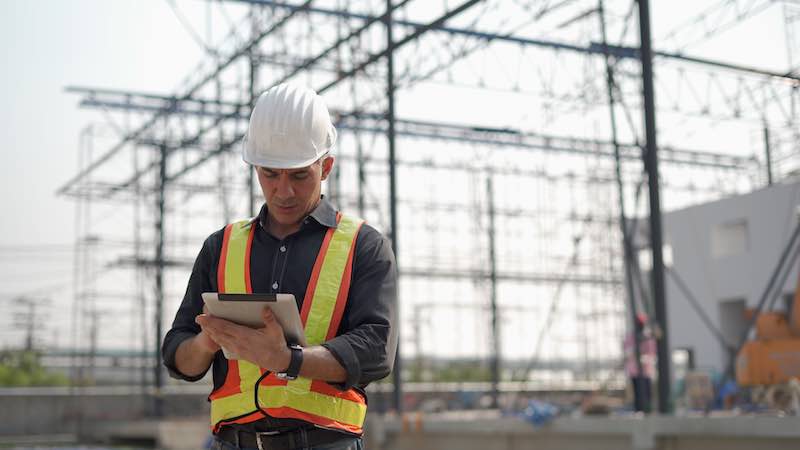
Practical Guidelines for Ladder Inspections
Useful Resources for Ladder Safety
Organisations such as the Health and Safety Executive (HSE) provide guidelines on ladder usage and inspections. These resources include:
- Practical Tips: Best practices for handling ladders to minimise risks.
- Detailed Checklists: Step-by-step guides to help inspectors ensure ladders are safe for use.
- Specific Use Cases: Advice on different ladder types and how to use them in various working conditions.
For more information, you can refer to:
- HSE’s Guidance on Safe Use of Ladders and Stepladders
- Industry-specific publications that address ladder safety in different environments.
The Timly Software in Use

Optimized Device Management With Innovative Self-Inventory
SodaStream is the world market leader for water sparkling systems for domestic use and has a lot of IT equipment at its various locations. Many colleagues now work from their home offices. A digital solution for the efficient management of IT end devices became necessary...

Panasonic x Timly: Driving Technological Innovation
One of the most remarkable aspects of human ingenuity is our ability to innovate. Innovation is embedded in the DNA of consumer electronics giant Panasonic, which has diversified into a number of sectors, from heavy industry to construction...
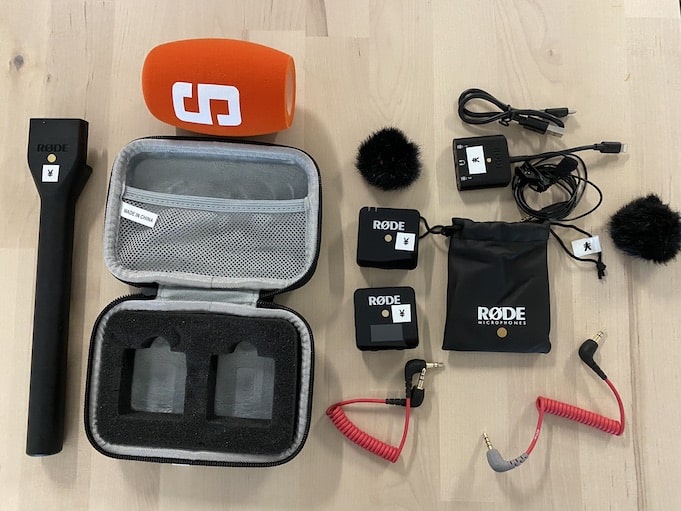
Manage Video Equipment Efficiently Without Much Effort
The Hamburg media company always does outstanding journalistic work and is characterized by independent reporting. In order to maintain journalistic quality, the teams work with highly specialized devices – these need to be managed efficiently...

Smart City Asset Management – Timly in Use at DIGOOH
The core business of DIGOOH Media GmbH in Cologne is to manage digital city light posters (DCLP) for outdoor use in various cities in Germany. The challenge here lies in making the client’s communication message always available at the right time, in the right place...
(No credit card required)
Ladder Inspection: Standards for Implementation
Key Areas For Inspection
When inspecting ladders, here are the main areas to focus on:
- External Condition: Ensure there’s no corrosion, rot, bending, twisting, or cracks.
- Moving Parts: Check joints for damage or corrosion and ensure engagement points function properly.
- Spreader Locks: Make sure they are present and undamaged.
- Ladder Feet: Inspect feet, protective caps, and castors for wear or damage.
- Stiles and Rungs: Confirm they are intact, free from heavy wear and not damaged.
- Safety Devices: Ensure locking catches, guide brackets, and fixing points are fully functional.
- Safety Markings: Check that all required labels and markings are present and readable.
Once all areas of your ladder have been reviewed, the inspection must be documented, including the inspector’s signature for compliance purposes.
Simplifying Compliance with Digital Tools
Managing ladder inspections manually can be time-consuming, but digital tools like Timly simplify the process. Here’s how:
- Centralised Records: Keep all inspection logs, certificates, and maintenance records in one place for easy access.
- Automated Reminders: Timly’s maintenance planner ensures inspections are never missed, sending timely notifications to responsible personnel.
- Digital Checklists: Inspectors can fill out forms directly on a touchscreen and attach photos if needed, creating a comprehensive digital record.
- Legal Compliance: Digital signatures ensure inspections are legally compliant, while authorisation tracking confirms that only qualified personnel perform the checks.
Mobile and Flexible: Digital Ladder Inspections Made Easy in Three Steps
Step 1: Record and Organise Ladders
Every ladder is logged in the inventory software with all relevant details, including:
- Assignment to a construction site, vehicle, or specific team.
- Important documents like certificates and operating instructions.
Each ladder is then tagged with a unique QR code for easy identification. This ensures all information is centralised and ready for use when needed.
Step 2: Access Information Anywhere with the Timly Web App
With the cloud-based Timly web app, employees can access ladder profiles on their smartphones from anywhere. That includes on-site, in a warehouse, or at the office. Scanning the QR code provides instant access to:
- Inspection schedules and past records.
- Relevant safety guidelines and instructions.
The system’s cloud integration ensures real-time availability, making it simple to keep everyone on the same page.
Step 3: Streamlined Inspections and Real-Time Updates
Inspections are carried out using integrated checklists and test reports available as PDF forms within the app. Inspectors can:
- Fill out reports directly on their device, attach photos if needed, and sign digitally for compliance.
- Automatically upload completed documents, eliminating the need for manual sharing.
- Access searchable logs of previous checks to ensure consistent tracking.
With automated notifications, staff are reminded when inspections are due, and managers can monitor tasks easily through the system.
FAQs About the Work at Height Regulations 2005
Do Certain Checklists Have to Be Used for Ladder Inspections?
How Often Should Ladders Be Tested?
The Work at Height Regulations 2005 require equipment to be inspected regularly, typically at least once a year. However, inspection frequency may increase depending on usage and manufacturer recommendations.
Why Should Equipment Be Checked Every Time Before Use?
Pre-use checks are good practice as damage can occur at any time, even between regular inspections. These quick assessments help identify risks and prevent accidents.
Why Is Documentation Important Under the Work at Height Regulations 2005?
Recommended for you:
Book an online demo - free and without obligation - or create your free trial account directly.





